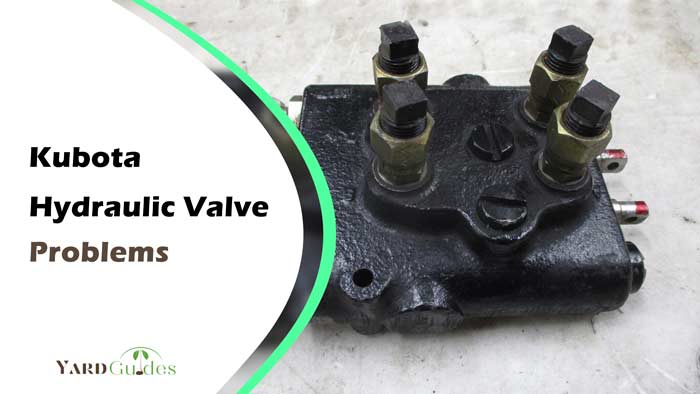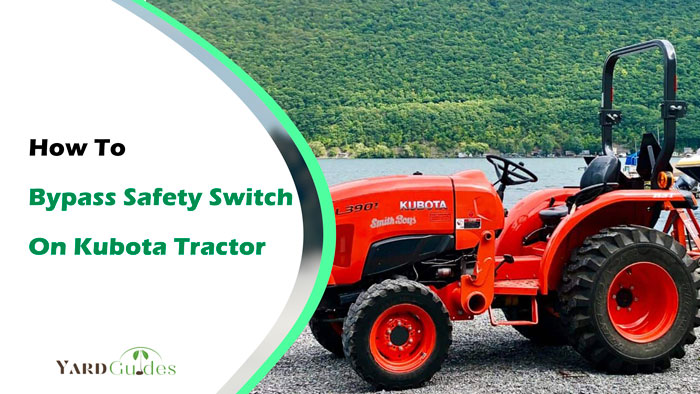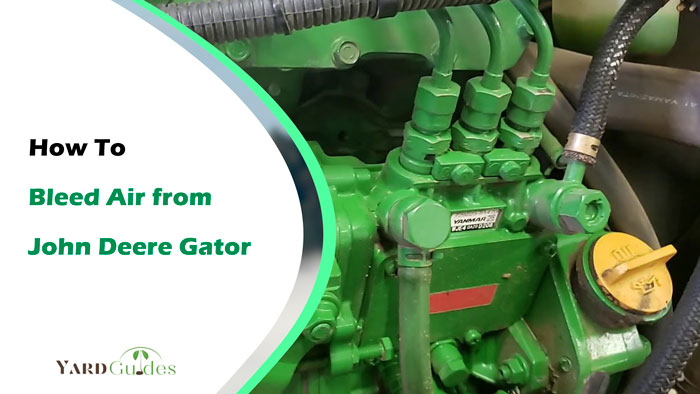Hydraulic systems are essential components of Kubota tractors, excavators, loaders, and other machines. These systems rely on hydraulic valves to control the flow of fluid and pressure within the system. However, like any mechanical system, Kubota hydraulic valves can experience problems that can affect the machine’s performance.
So, what are the most common Kubota hydraulic valve problems? Most owners report pressure valve leaks, sticking/binding, and slow response time when lifting or dropping the hitch. Other issues include low oil pressure, noisy operation, and jerky/erratic response when lifting or lowering the hitch.
This troubleshooting guide will explore kubota hydraulic valve issues and will provide solutions.
Our Guide To Kubota Hydraulic Valve Problems & Solutions
Before break down the problems in-depth, let’s have a look over the common issues with Kubota hydraulic valve and their quick fixes.
| Problem | Solutions |
| Pressure valve leakage | 1. Replace the pressure relief valve if damaged 2. Recalibrate pressure relief valve to handle high pressures 3. Ensure the relief valve is seated properly in the valve body |
| Sticking or binding | 1. Replace spools or valve body (in case of corrosion) 2. Clean the valve (if contaminated) 3. Ensure proper lubrication |
| Slow response time | 1. Replace/repair hydraulic spool valve block 2. Adjust hydraulic spool valve 3. Replace main relief valve |
| Erratic/jerky response | 1. Repair/replace hydraulic spool valve block |
| Low pressure | 1. Adjust the hydraulic control valve block |
| Noisy operation | 1. Purge the air from the system 2. Replace worn-out components |
1. Pressure Valve Leakage
One of the causes of Kubota hydraulic valve leakage is a defective or misaligned pressure relief valve. A pressure relief valve is an essential component of the hydraulic system. It ensures that the pressure within the system does not exceed a certain level.
If the pressure rises above the set level, the valve opens, allowing excess fluid to flow back into the tank, thereby preventing damage to the system. When the valve fails to open at the set pressure, it results in an over-pressurized system, causing a leakage.
A leaking hydraulic pressure relief valve can cause a number of symptoms, including reduced system performance, noisy operation as fluid flows through the valve, overheating, fluid loss, and damage to other components in the hydraulic system. In addition, a leaking pressure relief valve can cause pressure readings to be higher than normal.
Solutions:
The first step is to identify the root cause to solve the Kubota hydraulic valve leakage issue. If it is a defective pressure relief valve, the solution is to replace it with a new one. The replacement valve should have the correct specifications and be compatible with the hydraulic system.
If the pressure relief valve is misaligned, the solution is to ensure that the valve is seated correctly. This can be achieved by inspecting the valve and seat to ensure they are free from debris or dirt that may prevent proper seating. If there is any debris, clean it and recheck the valve.
Finally, recalibrating the pressure relief valve using the spring may be necessary to handle the hydraulic system’s high pressure. This is important because the valve may have been set to handle lower pressures than the current system pressure, leading to leakage.
2. Sticking Or Binding
Hydraulic valves may suffer from two issues – valve sticking and binding. Sticking happens when there is an accumulation of foreign materials on the stem or seat of the valve, blocking it from either opening or closing completely. On the other hand, binding takes place when the valve is unable to move properly in its guide, either due to an absence of lubrication, heavy wear, or another mechanical problem.
Sticking or binding of hydraulic valves can occur for various reasons, including contamination, damaged spools or valve bodies, or insufficient lubrication. When valves stick or bind, the flow of hydraulic fluid is restricted, which can cause pressure spikes, overheating, and even system failure.
Solutions:
- To fix this problem, you should first clean the valve and check for any signs of damage.
- If the valve still sticks, you may need to replace the spools or valve body or ensure proper lubrication.
3. Slow Response Time
A common problem most owners face is a slow response time in the hydraulic system, which can significantly affect the tractor’s productivity and efficiency.
There are several causes of slow response time in Kubota hydraulic valves. One of the main reasons is a damaged main relief valve, which regulates the pressure of the hydraulic fluid. A damaged relief valve can lead to low pressure, which can cause the hydraulic system to function slowly.
Another reason for slow response time is a faulty hydraulic spool valve block. This component controls fluid flow to the hydraulic system, and any damage or malfunction can cause the system to operate slowly.
Lastly, an out-of-adjustment hydraulic spool valve can also cause slow response time. This occurs when the valve is not calibrated correctly, leading to the improper distribution of hydraulic fluid and low pressure in the system.
Solutions:
- If the hitch does not lift or lifts slowly, it may indicate a damaged relief valve or a faulty hydraulic spool valve block. In this case, replacing the damaged component is the best solution.
- If the hitch does not drop or drops too slowly, it may indicate an out-of-adjustment hydraulic spool valve. In this scenario, adjusting the spool valve can help improve the hydraulic system’s response time.
4. Erratic/Jerky Response
If your Kubota hydraulic valve displays an erratic or jerky response, the most common cause could be a defective hydraulic spool valve. This can happen due to wear and tear, improper maintenance, or manufacturing defects.
Symptoms of a defective hydraulic spool valve may include sudden stops or jerky movements when lifting or lowering the hitch.
Solutions:
The solution to this problem is to replace the hydraulic spool valve with a new one. It’s important to ensure you get the right spool valve for your Kubota equipment, as different models may require different valve types.
5. Low Pressure
If your Kubota hydraulic valve is experiencing low pressure, there could be a variety of causes. The issue can often be traced back to a poorly adjusted hydraulic control valve block.
This valve block regulates the flow of hydraulic fluid through the system. The system will not function properly if it is not set to the correct pressure.
Solutions:
To address this problem, you can adjust the hydraulic control valve to help bring the pressure back up to normal levels. To adjust the valve block, you will need to consult the Kubota operator’s manual, as the procedure will vary depending on the specific model of machine you are working with.
In general, you will need to locate the valve block, which is usually near the hydraulic pump. Then, you will need to use a pressure gauge to measure the pressure in the system and adjust the valve block accordingly.
However, it’s important to note that low pressure can also be caused by various other issue, including worn-out or stuck hydraulic pump parts.
6. Noisy Operation
Noisy operation of hydraulic valves can be caused by several factors, including cavitation, air bubbles, or loose components. When hydraulic valves are noisy, it can indicate a problem with the system that needs to be addressed.
Solutions:
To fix the problem, you must identify the noise source. If it is caused by cavitation or air bubbles, you may need to adjust the system pressure or purge the air from the system. If loose components are the cause, you must tighten them to eliminate the noise.
Conclusion
Hydraulic valves are critical components in Kubota hydraulic systems. However, you may encounter Kubota hydraulic valve problems, such as leaks, slow/jerky response, sticking/binding, low pressure, and noisy operation.
By using our troubleshooting guide to identify and fix these problems, you can improve the efficiency and reliability of your hydraulic system. Also, remember to follow the manufacturer’s guidelines for the maintenance and repair of hydraulic valves to ensure the longevity of your system.



